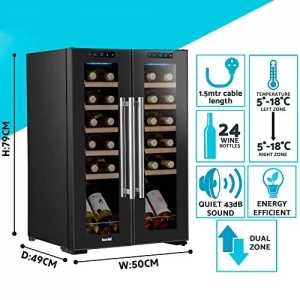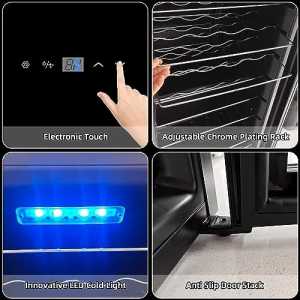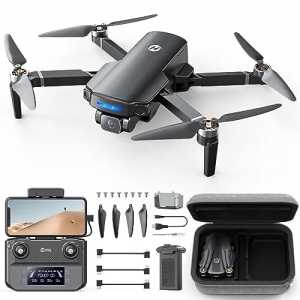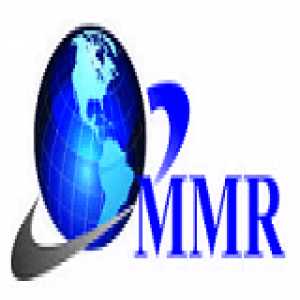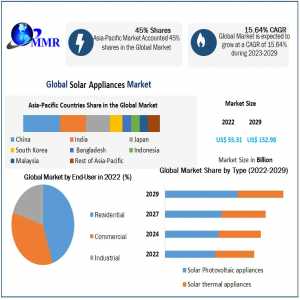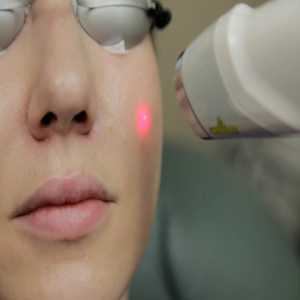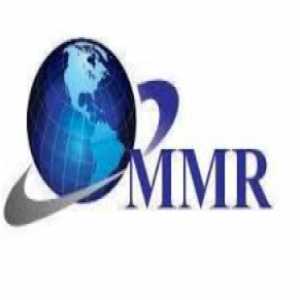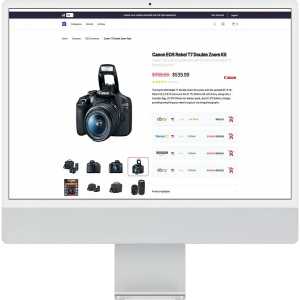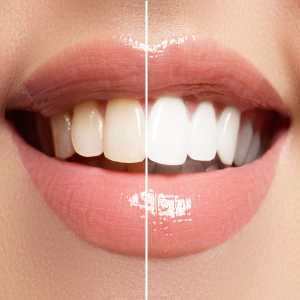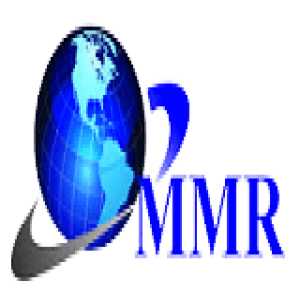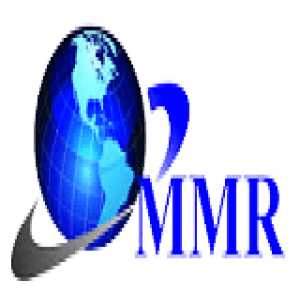
Global Sleep Tech Market Growth: Stats, Forecast, And Future Outlook
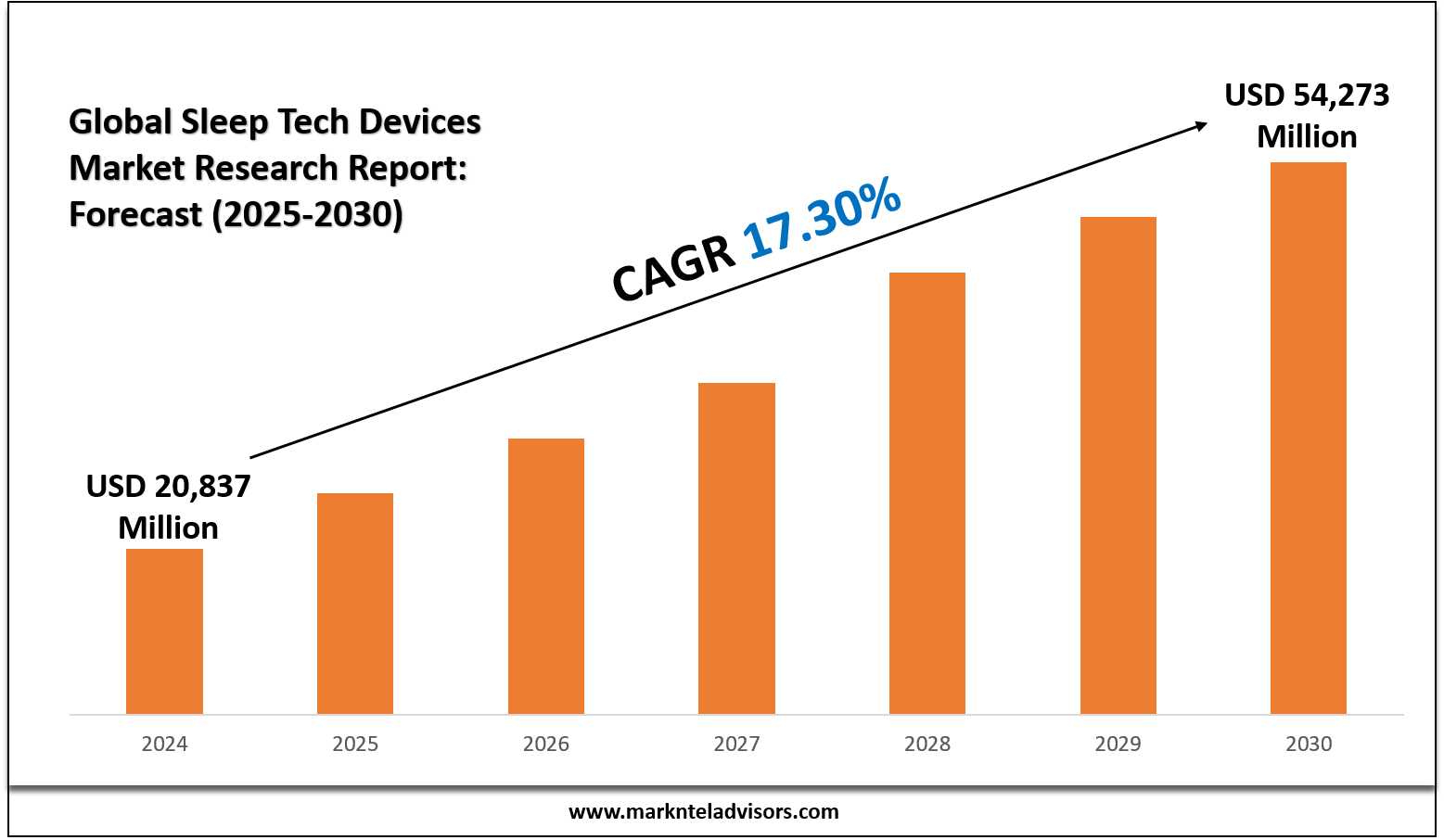
As modern lifestyles continue to challenge natural sleep cycles, the Sleep Tech Market has emerged as a vital enabler of health and wellness. Leveraging cutting-edge technologies such as Artificial Intelligence (AI), Internet of Things (IoT), and wearable sensors, the global sleep tech industry is transforming how individuals monitor, manage, and improve their sleep patterns.
What is Sleep Tech?
Sleep technology, or sleep tech, encompasses a range of devices—from smart rings and mattresses to headbands and non-wearable monitors—that track sleep behavior, movement, breathing, and other vital signals. These devices collect data to identify disruptions, diagnose disorders, and ultimately enhance sleep quality for users.
Market Snapshot: Size, Share & Forecast (2025–2030)
According to recent market intelligence, the Global Sleep Tech Market was valued at USD 20.83 billion in 2024 and is projected to reach USD 54.27 billion by 2030, growing at a CAGR of 17.30% from 2025 to 2030.
Key Highlights:
- Leading Region: North America (40% market share)
- Top Companies: ResMed, Philips, Fitbit, Garmin, Oura Health, Eight Sleep, Apple, Xiaomi, Huawei, and others
- Primary Product Categories: Wearables (watches, rings, earbuds) and Non-wearables (smart mattresses, bed sensors)
- Dominant Application Area: Insomnia (38%+ market share)
Growth Drivers Shaping the Sleep Tech Market
- Rising Prevalence of Sleep Disorders
More than 30% of the global population suffers from at least one sleep disorder, such as Obstructive Sleep Apnea (OSA), Insomnia, or Narcolepsy. In China alone, over 175 million people have been diagnosed with OSA, while 33% of Indians reportedly experience insomnia.
Such alarming figures are pushing demand for accurate, real-time sleep monitoring solutions—fueling exponential growth in the sleep tech devices space.
- Government Backing for Digital Healthcare & Telehealth
Public health policies, such as India’s National Tele Mental Health Program and the US Telehealth Coverage Act (2025), are expanding digital healthcare infrastructure and promoting remote health monitoring. These initiatives are fostering the adoption of sleep tech devices in both urban and rural healthcare ecosystems.
Market Opportunities: Personalized Sleep Coaching & Teleconsultation
The rapid uptake of telehealth services presents a transformative opportunity. Virtual coaching for sleep disorders—backed by data from smart devices—enables personalized interventions without physical appointments.
For instance, wearable devices linked to mobile apps offer AI-driven recommendations, helping users adjust their routines and identify underlying sleep issues. Countries are also running awareness campaigns and coaching sessions to promote these solutions.
Market Challenges: Accessibility & Affordability
Despite promising growth, challenges persist:
- Geographical Barriers: Low internet penetration in rural regions limits the reach of connected sleep tech devices.
- High Costs: Advanced products like smart mattresses and CPAP machines can cost over USD 1,000, making them inaccessible for budget-conscious consumers and small healthcare providers.
Sleep Tech Innovation Trends
AI-Powered Sleep Devices
Artificial Intelligence is revolutionizing sleep tech. Devices now offer real-time analytics, automatic disorder detection, and sleep stage tracking with heightened accuracy. Notable innovations include:
- Oura Ring 4 (2024): Features advanced blood oxygen monitoring and sleep-stage accuracy via 18 embedded signal pathways.
- Samsung Galaxy Watch Ultra (2024): FDA-cleared for sleep apnea detection using AI algorithms.
- Garmin Watches (2023): “During Sleep” mode for overnight SpO₂ tracking.
These developments not only enhance user experience but also set a new benchmark for data-driven sleep improvement.
Product & Application Breakdown
By Product:
- Wearables (75% market share): Preferred for their multifunctionality, affordability, and comfort. Smartwatches and fitness rings dominate this space.
- Non-Wearables: Often used in clinical settings and include mattress sensors and standalone monitors.
By Application:
- Insomnia: Leading use case, attributed to increasing stress, lifestyle changes, and hormonal imbalances.
- Devices like Modius Sleep, Alpha-Stim AID, and SleepioRX have been FDA-approved to target insomnia specifically.
Regional Outlook: Who’s Leading the Sleep Tech Revolution?
North America – Market Leader (40% Share)
- USA: Over 55 million Americans suffer from poor sleep patterns.
- Canada: Half the population experiences sleep disruption.
- Governments are investing in digital health tools, propelling demand for connected devices across both personal and clinical environments.
Other promising markets include Europe (strong tech penetration), Asia-Pacific (rising middle-class demand), and Middle East & Africa (increasing awareness despite infrastructure gaps).
Recent Developments in the Sleep Tech Market
- Oura Health Oy launched the Oura Ring 4 in 2024 with smart sensing and advanced biometrics.
- Garmin introduced a dedicated sleep tracking mode in 2023 for precision nighttime health monitoring.
Final Thoughts: The Future Outlook for the Sleep Tech Market
The Sleep Tech Market is not just a wellness trend—it’s a healthcare transformation. As AI, IoT, and digital medicine continue to evolve, the market is poised to grow beyond consumer gadgets into essential tools for preventive care, diagnostics, and personalized treatment.
From smart rings that track micro-movements to AI-powered platforms offering sleep coaching, the future of sleep is digital, data-driven, and deeply personal.
Source: - https://www.marknteladvisors.com/research-library/sleep-tech-devices-market.html
Author Bio
Article Comments
No Comments!
At present there are zero comments on this article.
Why not be the first to make a comment?
Similar Articles
Search Pages
User Upgrade
account to full use of editor,
Including hyperlinks
Article Categories
There are zero sub-categories in this parent category.
There are zero sub-categories in this parent category.
